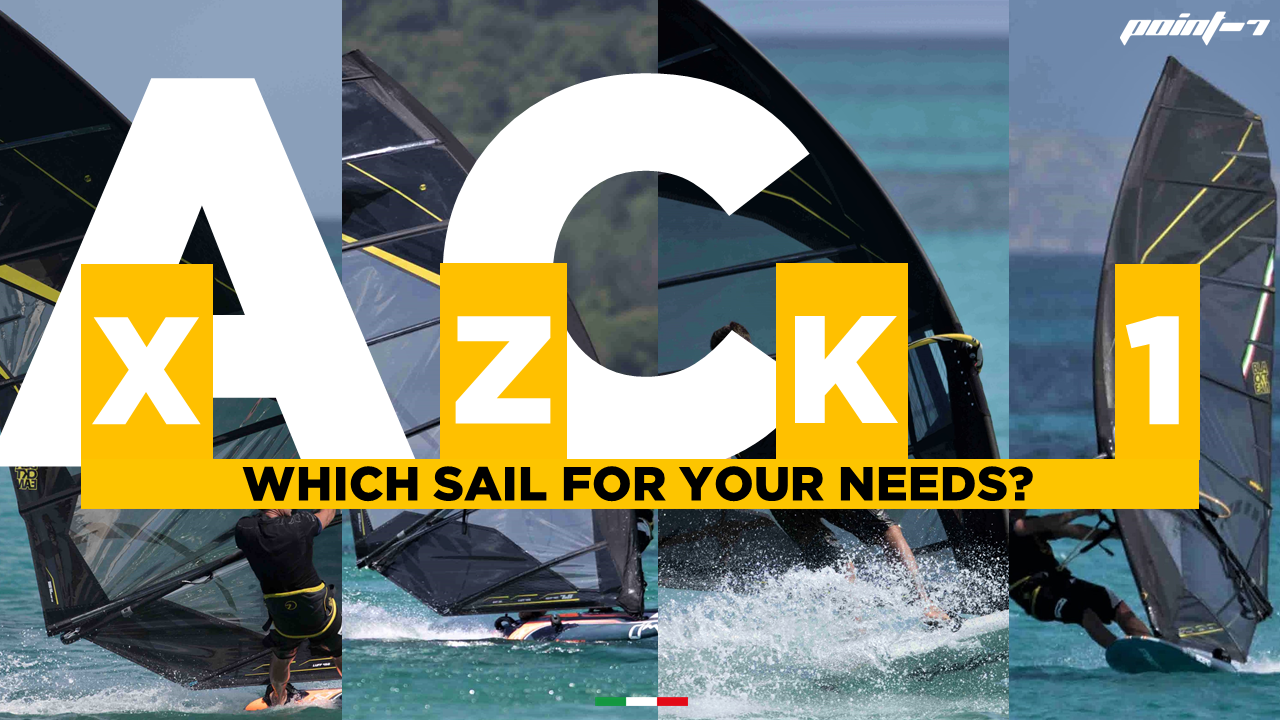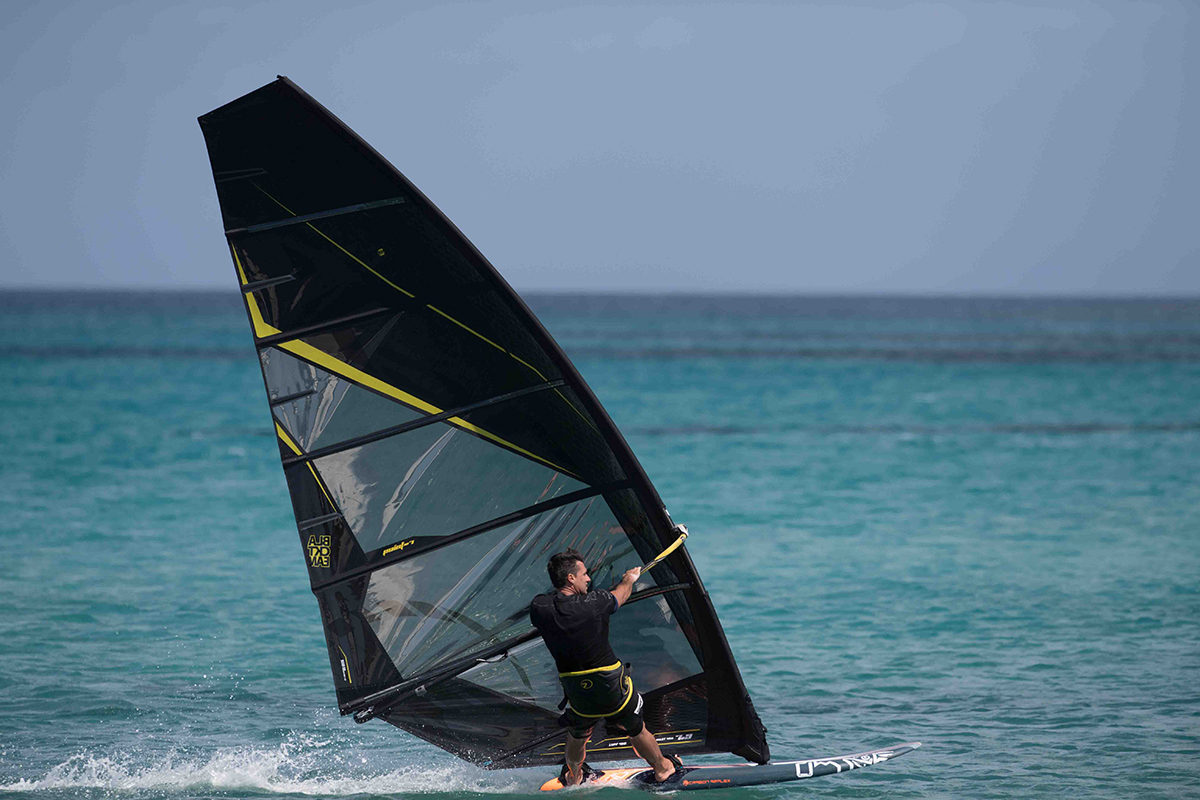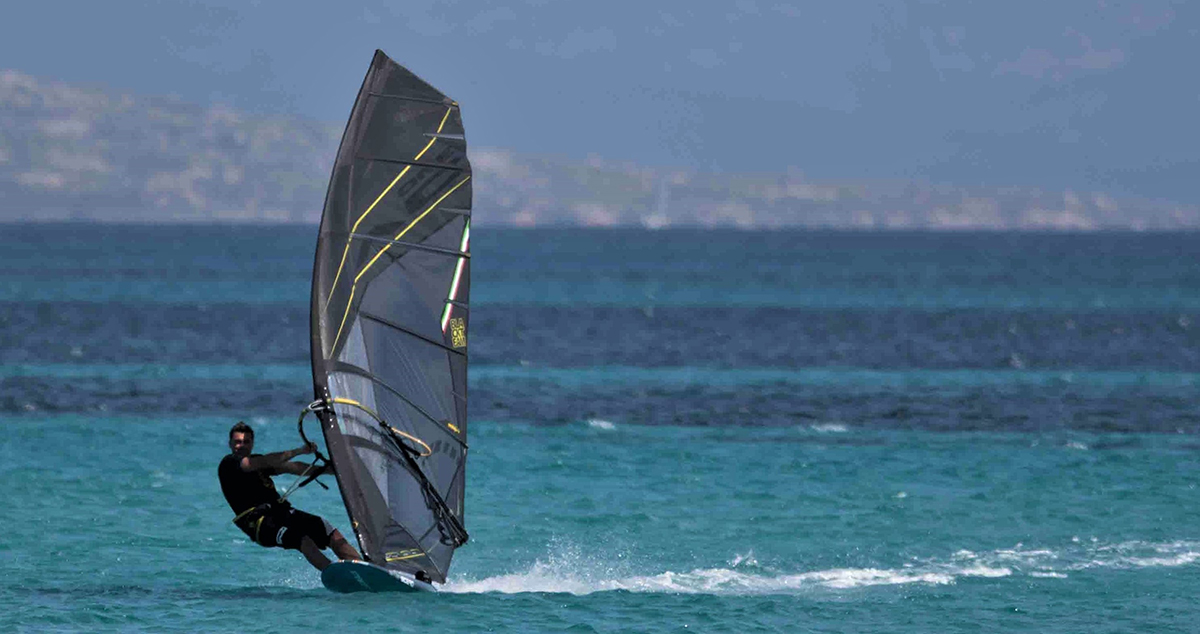- ZERO 26 – OVERVIEW
- SALTpro | PRO WAVE from €659
- SPY | FREESTYLEWAVE from €699
- SLASH | FREESTYLE from €599
- RUSH-1 | FREE SL from €689
- AC-0 | NO CAM RACE from €879
- AC-2 | 2 CAM RACE from Feb 026
- AC-3 | 3CAM RACING from €879
- AC-1 LTD | RACING from €1059
- F1 | FOIL RACING from Feb 026
- F0 | FOIL RACE NO CAM from Dic 025
- Q-BOND SAILS DETAILS
- QBOND DARK SERIES
- ZERO 25 – OVERVIEW
- SALTpro | THE WAVE from €649
- SPY | FREESTYLEWAVE from €659
- SLASH | FREESTYLE from €569
- AC-F | CROSSRIDE from €639
- AC-0 | NO CAM RACE from €749
- AC-2 | 2 CAM RACE from €789
- AC-1 | RACE SERIES from €839
- F1sl | FOIL PRO RACE from €999
- F1x | FOIL NO CAM RACE from €799
- SKOOL | EASY LEARNING
- S-LINE | RENTAL SAIL
- BLACK ARCHIVE
THE AC-LINE. Which one for your needs?

THE AC-LINE. Which one for your needs?

Directly from our chief tester, Andrea Cucchi.
What is your need? The first thing that needs to come to your mind is your level of jibing, how often you fall, how many days you sail in a week, and if you will race in some events.
If you plan to race, all sails can give you an amazing performance, as the final speed is not so much different between the different models. The major difference is more in the details during a race. Details meaning, gusty winds, accelerations, lulls, being covered on the course by others.
The cambers are always helping a sail to keep its profile. A wider mast sleeve gives to a sail a bigger profile to increase its power. Power is what helps us to accelerate faster, have us go through the lulls without losing speed, and keeping power also when covered by other sailors. When racing in a close pack of people over a short distance, power is very important. The negative side of this power is that you need to be able to contrast this power. For those who are not fit, it is difficult to take advantage of its extra boost. It takes too much energy therefore the result is that instead of feeling power you only feel the sail heavy. A wide mast sleeve can catch in a lot of water when fallingand to water start or uphaul, it will just burn a lot energy each time. By the time you are back planning, would a no cam be a faster sail to run more distance over one day?
A no cam sail, or a sail with a smaller mast sleeve, has the advantage of being more friendly in the manoeuvring of the jibe or water start, but also feels lighter. It does not feel lighter because it has less cams or less sleeve material, it’s the less drive. The less push of the profile transferred to the board. So, there is less pressure to your body to be pushed on the fin. This is majorly why it feels lighter. The less drive donates less power to accelerate, and to keep high speed over a lull, or when covered up. If you are not racing extreme short distance downwind slalom, as the speed of these sails is not slow, it could be even an advantage to use one of these less technical sails, not only for blasting on a Sunday, but to race long distance racing. The strong accelerating boost from the full wide sleeve sails, it’s good to have for the moment you need to get to top speed faster, but that extra power is then becoming useless, giving no advantage, in the moment you are cruising freely.
Let’s look at the different AC-Line models to help you chose the best sail for your needs.
Till last year, the AC-X was the only choice for those who just hated cambers. From this year the AC-Z, even if it has 2cams, can be a nice option to the cam haters.

So how to chose between an AC-X or AC-Z. On the water the 2 sails have a very different feeling. The AC-Z having a deep low profile with the 2 cams below the boom, gives the nice drive that is needed in dodgy conditions of gusty light winds. The pull of the sail is towards the front centre of the sail, which keeps the board easy and balanced over the water, but you need a bit more feeling to use the back-hand power to go upwind. The AC-X has a perfect centred profile, which gives the same pressure on both arms, and it gives an easier back hand power to go upwind. To jibe, both sails are feeling as free as no cams. Jibing the AC-Z feels like not having cams, even if the 2 cams and lower sleeve are as big as the AC-One! The sleeve being this big could bring doubts about the water start, but as it’s only under the boom, to bring out the sail from the water it’s as easy as a no cam. If the cams are rotated to the wrong side, a little bit of technique is needed to turn them. If you really hate cambers in the rigging process, and you really hate even wanting to learn, than the AC-X is the solution, but the AC-Z has an easy wide sleeve at the bottom which gives straight access to the mast to enter in one shot, without having to wrinkle up the sail, but yes you need to learn to put the cams on them mast after having put some downhaul.

If you decide to go for a full set of AC-Z or AC-X that is a good choice as you will have the same feeling for all the sizes. So, if you really don’t care of cams, go for the AC-X, and if you like the idea of that extra drive, go for the AC-Z. If you decide to go for a mix, I will certainly go for AC-Z from 7.8 up to 9.4. Therefore, as the wind is light when you use those sizes, or it could be my biggest sail, so for planning and non-planning conditions, the extra lower profile will give me the extra drive to have a higher performance in the gusts or lulls. From 7.5 down to smaller sizes, normally the wind is more stable, and this always allows also to a no cam to keep high performance , therefore an AC-X could be the solution.

The hardest choice even for myself is between the AC-Kpro and the AC-Z. The AC-Z having such a high performance it has become a real competitor for the AC-Kpro. The AC-K pro is a sail which is just the AC-One with a smaller luff. Our AC-One has a real wide sleeve to give all the power we could to the pro riders, without any compromise, therefore it becomes a real racing product for real fit people who just want to win, no matter what. If you are not ready to use all your energy in a short time, the AC-Kpro could be the right racing sail for you. Exactly: Racing sail. we are not talking about a 3-cam pro-am sail. It’s a simplified racing sail, similar to many other real racing sails offered from our competitors. When you take an AC-Z, with 2 cams below the boom, it’s also not possible to compare this sail to the sails of our competitors with 2 cams. The AC-Z has a wider pocket than many of the competitors sails with 3cams, but where the power needs to be in order that it does not create the extra weight\power and hassle when uphauling or water starting. This is also the difference of handling, between the AC-Z and AC-K pro. So where is an advantage of the AC-Kpro. After we had developed the AC-Z, we had to bring our AC-K to become pro. The AC-Z had killed in performance our AC-K from all sides. We had to start developing an AC-K starting from the base of our AC-One, focusing on the disadvantages that a normal weekend sailor would find on the AC-One. The extreme power the sail had. This is often exchanged for being weight by non pro windsurfers, but it’s actually power. So, the idea was to reduce that power to allow non ‘Pwa muscles’, to be able to have a power in a race sail that could be handled from lighter sailors to less technical sailors who still looked for full racing performance. Therefore, racing events of the national slalom series, or events such as Defi wind long distances. This was were the AC-Kpro stand therefore out to the AC-Z. Giving the extra edge against the AC-Z in some corners of the course, and over the AC-One if not as fit.

A good set of all AC-Z or AC-Kpro can be perfect not to mix the feeling of the 2 sails. If I would be having to chose a mix set between these sizes, I would go for AC-Z 9.4 and 8.5 as they will feel even lighter, and it could bring more sense to have then a stiffer wing, like the AC-Kpro from 7.8 down. The extra luff on the top of the AC-K, in real light wind is not going to bring the higher performance as later in the stronger winds, unless you are fit and ready to enjoy the AC-Kpro also in lighter winds, by pushing it active on the course.
I guess by now everyone is clear on the difference between the AC-One and AC-Kpro as well. On the water the feeling of the AC-K is feeling just like a lighter AC-One. This is the difference. The board does not need so much push to jump out free to top speed, and after the jibe the rotation will not pull as forward as an AC-One. You could say that you save approximately 30% of energy. So, who needs an AC-One? I think those who need one, know who they are!







